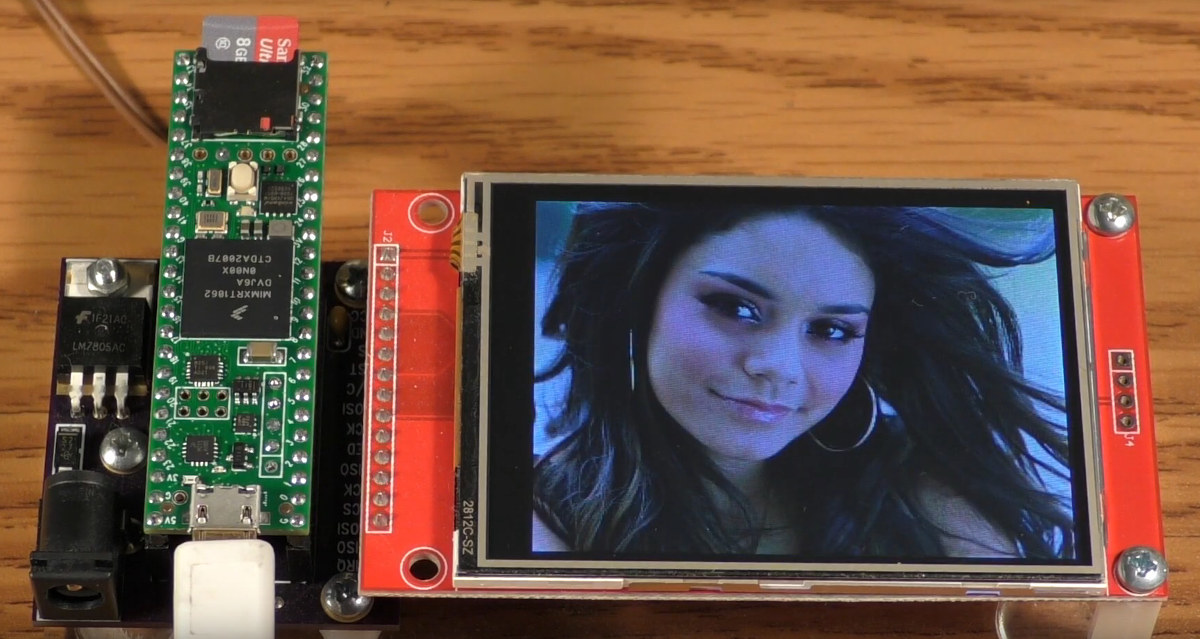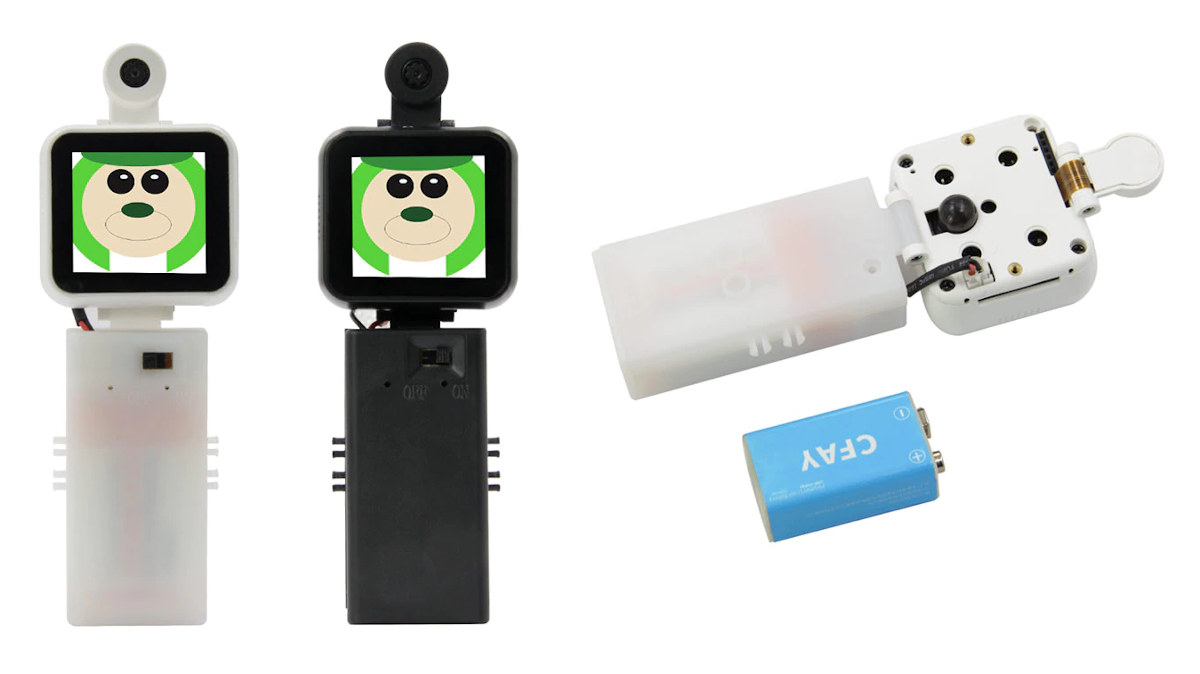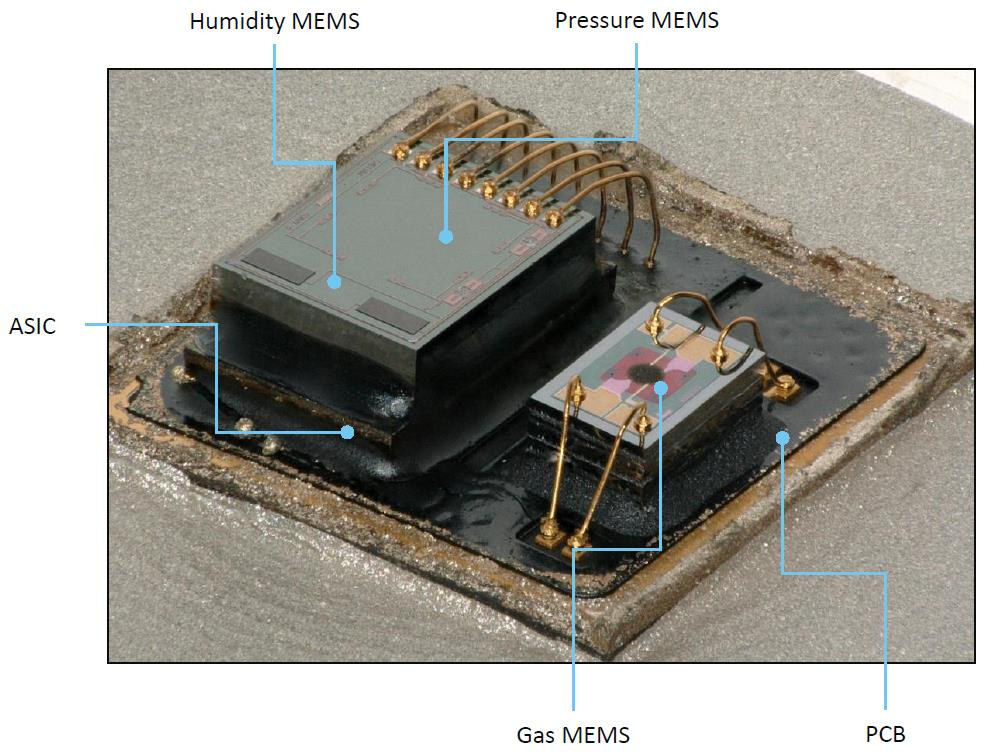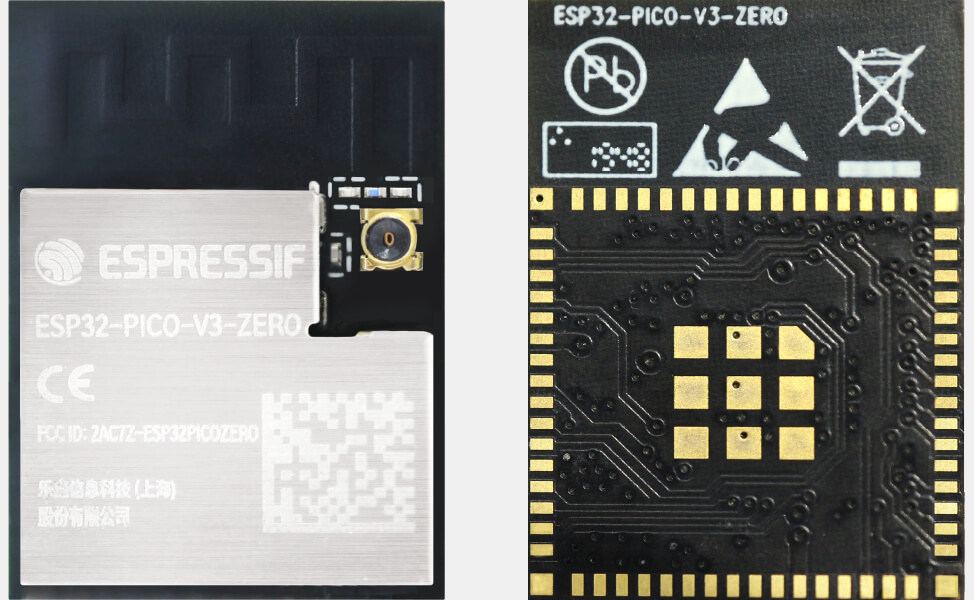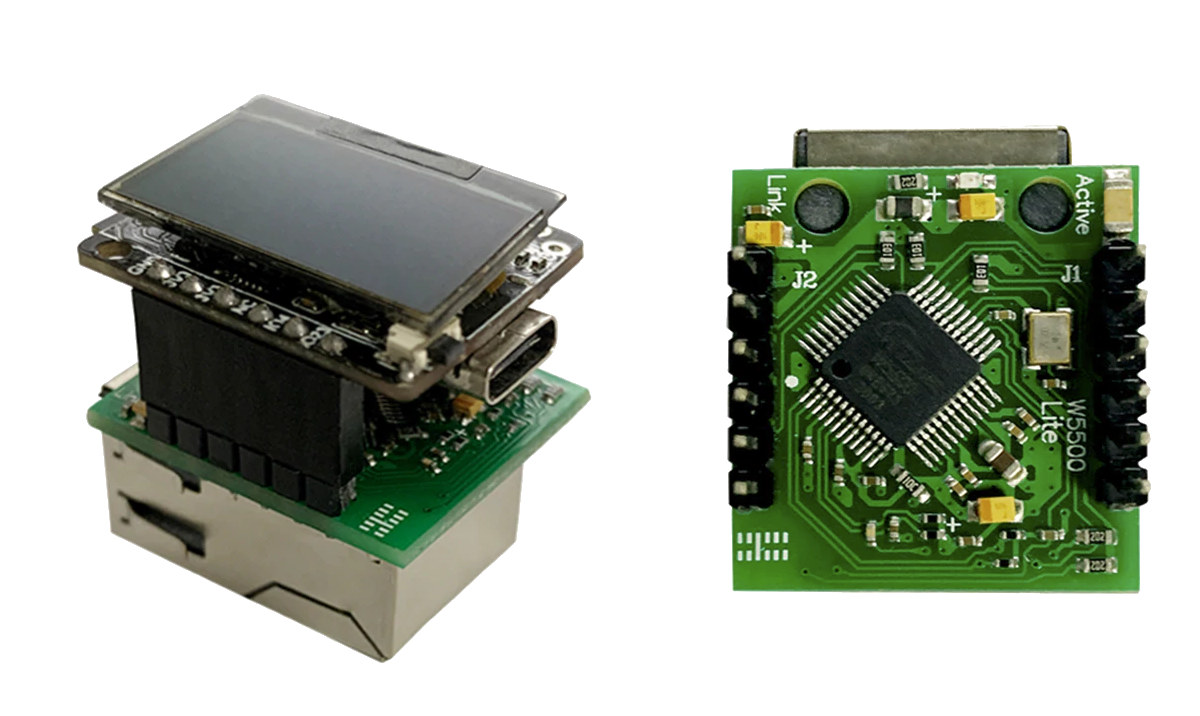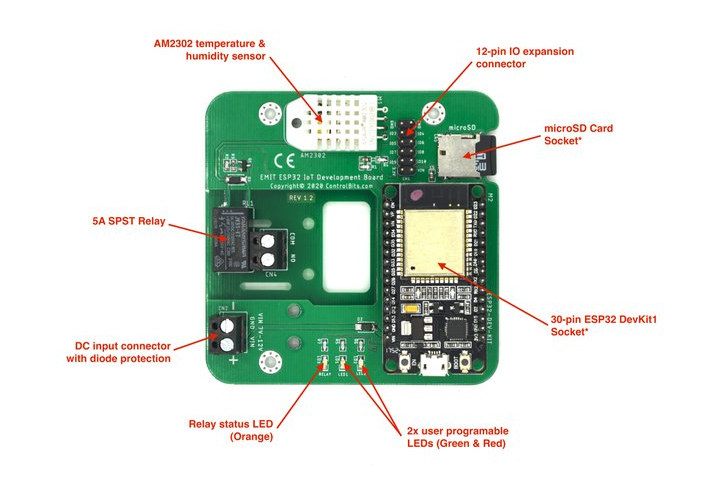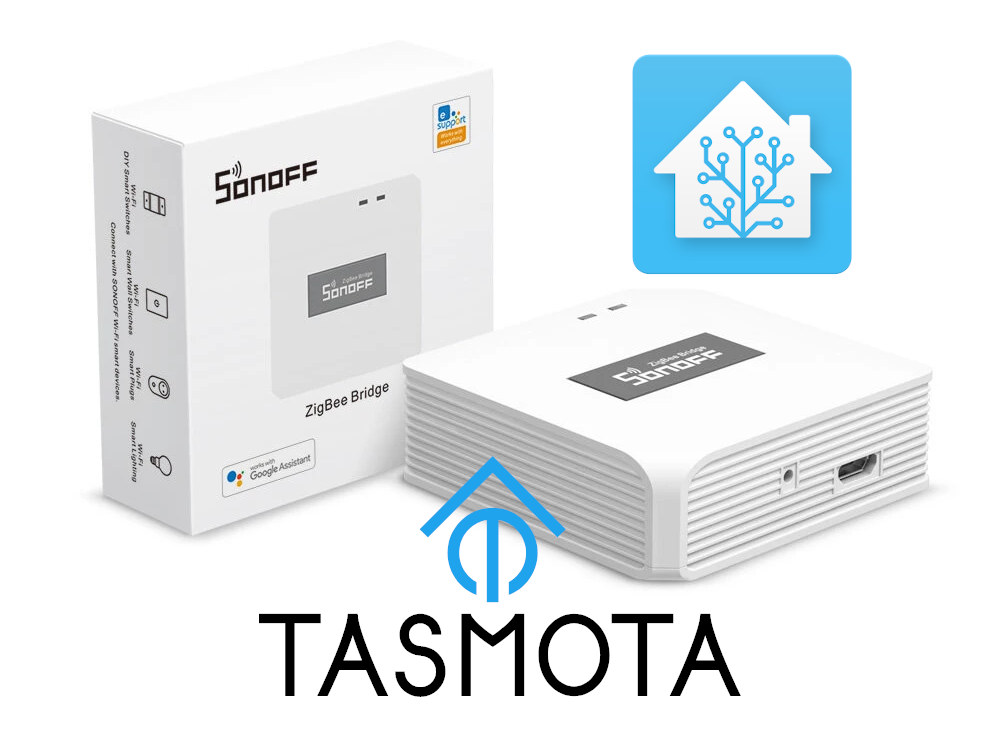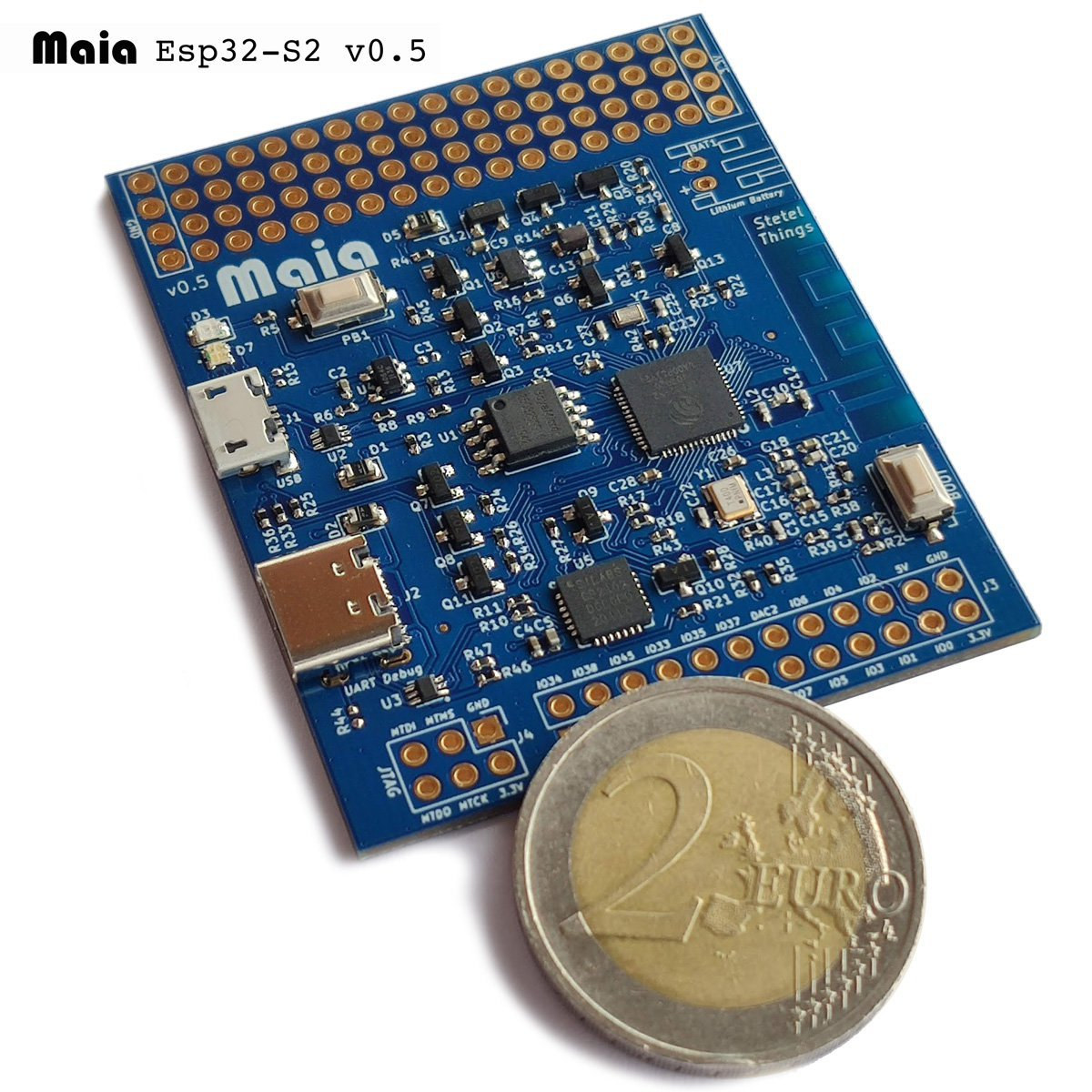In order to ensure software compatibility, Arduino libraries are supposed to work on various types of hardware from 8-bit microcontrollers with a limited amount of memory to more powerful 32-bit chips like STM32 Arm Cortex-M MCU or ESP32 dual-core Tensilica WiSoC that can access a larger amount of RAM. This is all good, but in some cases, this may affect performance. Larry Bank noticed this when looking for a JPEG viewers for Arduino and only found ones which sacrificed speed to work on MCUs with very little RAM. So he started to work on JPEDDEC JPEG Arduino library optimized for speed and compatible with any MCU with at least 20K of RAM. Optimizations go beyond just loading more data into memory, as Larry explains in a blog post, the library also performs the removal of stuffed bytes, optimize the Huffman decode and DCT parts, and more. Some of the key […]
RISC-V & ESP32 based TTGO Handheld T-WATCH K210 AIoT DevKit Works with a 9V Battery
LilyGO TTGO T-Watch K210 AIOT is a rather thick watch development kit based on Kendryte K210 RISC-V AI Processor and ESP32 WiSoC capable of performing AI workloads such as face detection using a USB power source. We first covered the development kit in June, and the company releases some small variants from time to time with the latest being TTGO Handheld T-Watch K210 with basically the same hardware, plus the addition of a handle that adds a power button, and a compartment for a 9V battery to power the watch/devkit. TTGO Handheld T-Watch K210 specifications: SoC – Kendryte K210 dual-core 64-bit RISC-V processor with 8MB RAM, AI accelerators Storage – 16MB flash, MicroSD card slot Display – 1.54-inch capacitive touch IPS screen connected over an 8080 interface Camera – Adjustable 2MP OV2640 sensor with 65-degree lens (optional 120-degree angle lens), AS312 “human” infrared sensor Connectivity – 2.4 GHz 802.11b/g/n WiFi […]
ESPurna ESP8266 Automation Firmware Gets Support for BME680 Sensor’s Precise Indoor Air Quality Measurements
Bosch BME680 is a 4-in-1 air quality sensor measuring relative humidity, barometric pressure, ambient temperature, and gas (VOC) levels. It’s found in boards such as STM32 based Metriful Sense or Nordic Thingy:91, and Bosch Sensortec published an Arduino library based on “Bosch Sensortec Environmental Cluster (BSEC) Software” to provide precise calculations temperature, humidity, pressure, and indoor air quality (IAQ). BSEC proprietary algorithms can provide indoor air quality data as good as more expensive CO2 sensors according to a recent presentation by the company. Max Prokhorov, lead ESPurna maintainer, and Rui Marinho noticed none of the popular open-source ESP8266 automation firmware including ESPurna, Tasmota, and Esphome supported BME680 sensor just yet. So they decided to work together to add BME680 sensor support via BSEC library to ESPurna firmware, and now it’s very easy to use as you just need to define BME680_SUPPORT=1 before compiling the firmware. You’ll find the now-merged pull […]
Espressif and Amazon Introduce ESP32-PICO-V3-ZERO Alexa Connect Kit Module
Espressif Systems & Amazon have recently announced ESP32-PICO-V3-ZERO Alexa Connect Kit (ACK) module providing out-of-box connectivity to ACK cloud services, support for features such as Alexa control, “Frustration-Free Setup” and Amazon Dash replenishment for connected devices. The tiny (23 x 16 x 2.3mm) module is based on the company’s ESP32-PICO-V3 System-in-Package (SiP) based on ESP32-V3 dual-core Xtensa LX6 WiFI and Bluetooth SoC, a 4 MB SPI flash, a crystal oscillator, filter capacitors, and an RF matching network. The module supports 2.4 GHz 802.11 b/g/n WiFi, Bluetooth, and Bluetooth Low Energy connectivity and comes with a PCB antenna and a u.FL connector to plug in an external antenna [Update: That should be an RF test connector instead, see comments]. ESP32-PICO-V3-ZERO module interfaces to a host MCU through a UART interface, and to speed-up time-to-market the module comes pre-certified for regulatory certifications such as FCC, CE, SRRC, IC, and RCM. The module […]
TTGO T-Lite W5500 ESP32 WiFi & Bluetooth Board Comes with OLED Display, Optional Ethernet Add-on Board
If you like tiny boards with Ethernet, TTGO T-Lite W5500 development board may be an interesting option, as the ESP32 board comes with a built-in OLED, and female headers to connect an Ethernet add-on board called W5500 Gateway Module. LilyGO TTGO T-Lite W5500 specifications: SoC – Espressif System ESP32 dual-core WiFi and Bluetooth SoC with 520KB SRAM Storage – 4MB flash Display – 0.96-inch OLED display (SSD1306 driver) Connectivity 802.11 b/g/n WiFi 4 up to 150 Mbps, and Bluetooth 5.x BR/LE via ESP32 SoC, on-board ceramic antenna or external antenna (selectable with a resistor?) Optional Ethernet via SPI Ethernet board based on Wiznet W5500 USB – 1x USB Type-C port for power and programming via CP2104 USB to TTL chip I/Os 8+6 through holes with GPIOs, SPI, ADC, Touch, 5V, 3.3V, GND Operating voltage – 2.7V-3.6V Misc – Boot & Reset button, 40MHz crystal oscillator Power Supply – 5V/1A via […]
EMIT ESP32 IoT Development Board Comes with Temperature & Humidity Sensor, 5A SPST Relay (Crowdfunding)
ControlBits EMIT (Environmental Monitoring for the Internet of Things) is a baseboard compatible with DOIT ESP32 DevKit V1 development board and equipped with a temperature and humidity sensor, a relay, a 12-pinGPIO connector, and a MicroSD card. EMIT ESP32 IoT development board specifications: Socket for DOIT ESP32 DevKit v1 board with WiFi and Bluetooth LE connectivity Storage – MicroSD card socket Sensor – AM2302 temperature & humidity sensor with -40° to +80° C and 0 to 99.9 %RH ranges. Relay – 5A SPST relay output with status LED Expansion – 12-pin GPIO header Misc – 2x programmable status LEDs (red & green) Power Supply – 5V via USB on ESP32 board, or external 7-12 V supply via terminal block Dimensions – 81 x 81 mm (PCB only) The board comes with mounting holes so it can be wall-mounted, and an optional enclosure is also available. Some applications for the board […]
Sonoff Zigbee Bridge Now Supports Tasmota Firmware, Home Assistant, Zigbee2Tasmota
Sonoff ZBBridge (aka Sonoff Zigbee Bridge) WiFi to Zigbee gateway was launched a few months ago for $16.90 plus shipping, and it’s now also listed on Banggood for $17.99 shipped. It allows users to control Zigbee devices connected to the gateway using the eWelink mobile app used with other Sonoff devices. But many people like to run Tasmota firmware on their Sonoff devices since it’s open-source and provided more flexibility such as integration with Home Assitant or Domoticz. There was already support for Zigbee in Tasmota at the time but only for Texas Instruments SimpleLink CC253x Zigbee MCU’s, and Sonoff ZBBridge is made of an ESP8266 WiSoC and a Silicon Labs EFR32MG21 Gecko Series 2 Cortex-M33 Zigbee microcontroller. So I just suspected that eventually, Sonoff Zigbee Bridge could support Tasmota open-source firmware but that would take some time… It took about four months. Not too bad. It started in the […]
Maia ESP32-S2 Development Board Features Micro USB OTG Port, Prototyping Area
One of the advantages of the new ESP32-S2 processor is that it offers a USB OTG interface. So far few boards took advantage of the extra interface, and one of the rare ones is Cucumber ESP32-S2 board with a USB-C OTG port. There’s another option with a slightly unusual form factor thanks to Stetel Things’ Maia ESP32-S2 development board with the typical USB-C port for power and debugging, plus a micro USB OTG port, and a small prototyping area. Maia ESP32-S2 development board specifications: SoC – Espressif System ESP32-S2 single-core LX7 processor at up to 240 MHz with an ultra-low-power (ULP) RISC-V CPU, 320KB RAM Storage – 4MB flash Connectivity – 802.11b/g/n WiFi 4 with on-board PCB antenna USB 1x Micro USB OTG port for data and power 1x USB-C port for programming (virtual UART) and power Expansion 24-pin I/O header “Playground” prototyping area with 4x 18 through holes including […]


